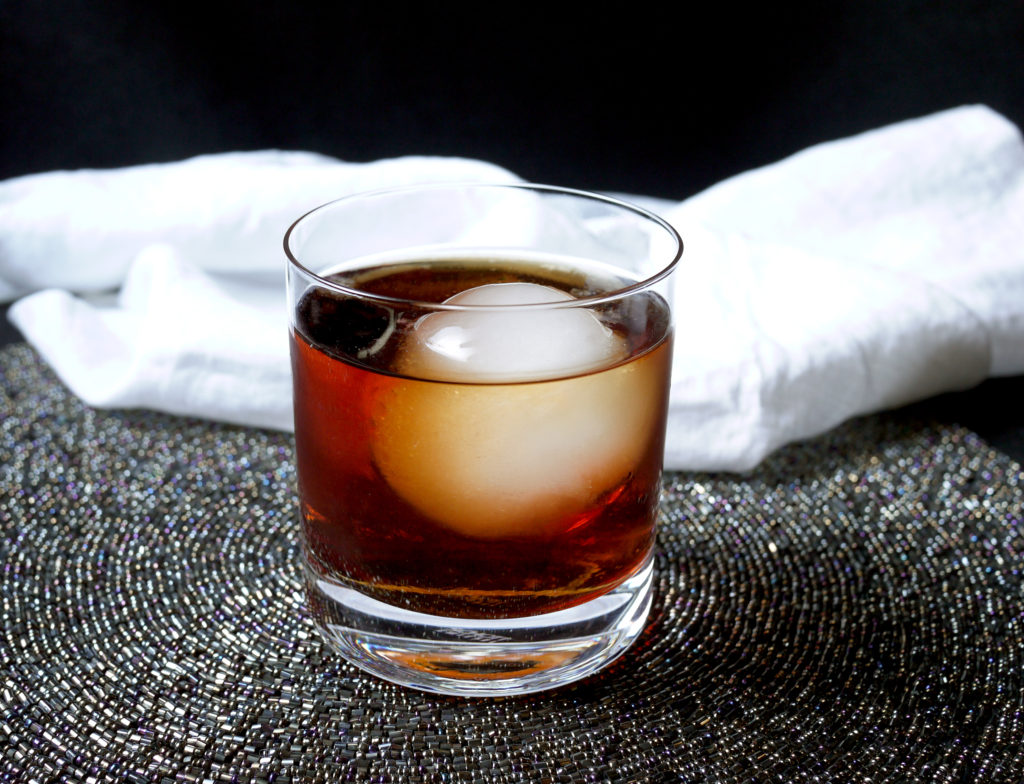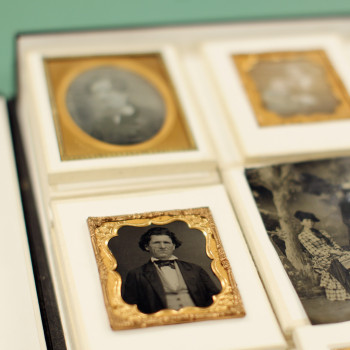One hundred fifty years or so before the digital camera, there was Bitumen of Judea. No, it wasn’t a Biblical character. It was a chemical slathered on a piece of metal. When you focused light on it through a lens, a lifelike image developed.
A Frenchman named Joseph Nicéphore Niépce invented this early photographic process. It had a couple of drawbacks. It made very faint images, and a single shot could take days to expose.
Enter artist and chemist Louis-Jacques-Mandé Daguerre.
Daguerre helped get the exposure time down to a mere 10 hours. After Niépce died, Daguerre substituted bitumen for the vapor from iodine crystals. When applied to specially prepared copper plates and exposed to light: Voila! A bright, sharp photo that only took 10 minutes to shoot. “daguerreotyping” became the first widely-used photographic process ever.
Still, it wasn’t perfect. Even a 10-minute exposure meant anything moving basically disappeared from the shot. One early daguerreotype shows a French street, absent of humanity except a guy getting his shoes shined — he had stood still long enough to be photographed. It was the first “candid” shot.
Daguerre struck a deal with the French government: Instead of patenting his invention, he let France offer it to the world for free, in return for which he got a humble, lifetime pension. His estate probably regrets it. Some early daguerreotypes now sell for hundreds of thousands of dollars.
The Eclipse

Captured by Evvy Fanning of Solera Wine Lounge & Cheshire Bar in Rochester, New York.
The daguerreotype process was used in capturing the first correct image of a solar eclipse in 1851, which inspired this French-ified variation on a classic negroni, finished with a celestial orb of ice.
Ingredients:
- 1 ounce G Vine gin
- 1 ounce Dolin sweet vermouth
- 1 ounce “China China” Amer liqueur
Instructions:
Stir in a mixing glass with ice, strain into a double old fashioned glass, finish with a two inch ice sphere.


